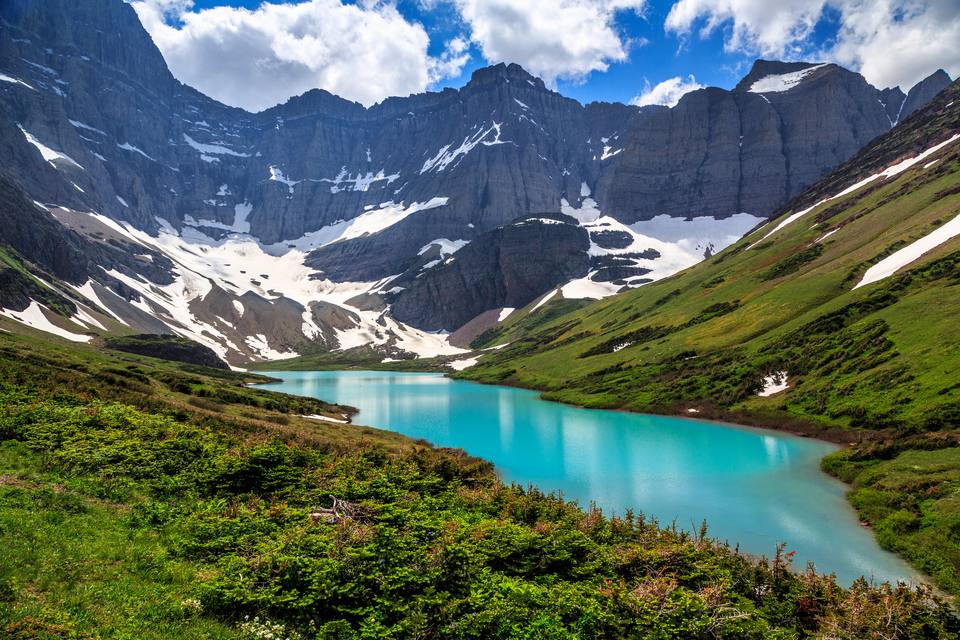Hiking in Glacier National Park offers a challenge — the chance to explore a portion of the rugged Columbia Mountains.
First set aside as a federal reserve in 1886, the area around Rogers Pass was considered the key link in the newly constructed transcontinental railway which ushered in an era of easy access to the Columbia Mountains. A golden age of mountaineering followed and most of the trails in use today were constructed at that time.
The Columbia Mountains are steep and the valleys narrow, allowing for only a few easy hikes and a good number of challenging ones. You will often be sharply reminded that many of our trails were originally built as access to mountain climbs and glaciers! Most of the Illecillewaet-area day hikes involve an elevation gain of about 1,000 meters between the start of the trail and the “End of Trail” sign. However, the trails are well constructed and well-marked – and they will take you to stunning ridges and viewpoints that will make you forget your uphill toil. Adjust your pace and your mindset and you will be greatly rewarded!
The many glaciers and avalanche paths indicate winters of great snowfall. The climate is usually cool and wet, but summers can be hot and humid. Snowpacks linger in shaded areas along some of the trails. Exercise extreme caution in crossing snowpacks on steep slopes and consider carrying an ice axe, or avoiding the slope if it is icy.
Administered jointly with Mount Revelstoke National Park, these protected areas are managed in such a manner as to ensure the continuance of the splendour and richness of our natural and cultural heritage. These parks are home to a great diversity of wildlife including 54 species of mammals, 183 species of birds and 686 species of plants.
The trails described here range from short, level strolls to ambitious climbs. Some offer dramatic mountain views, while others wind through stands of ancient giant trees or probe the secrets of the abandoned railway over Rogers Pass. Whatever your interest and physical ability, hiking is the best way to get to know one of Canada’s distinctive natural regions – the Columbia Mountains.
